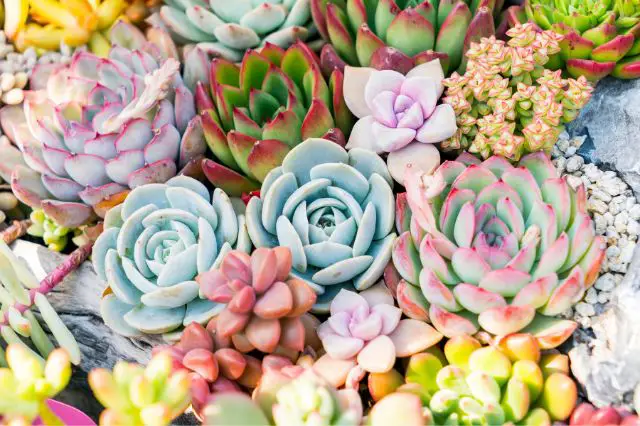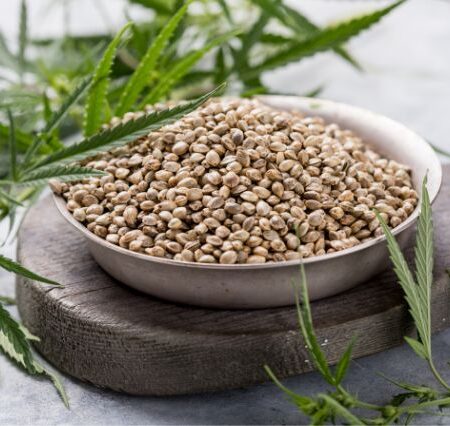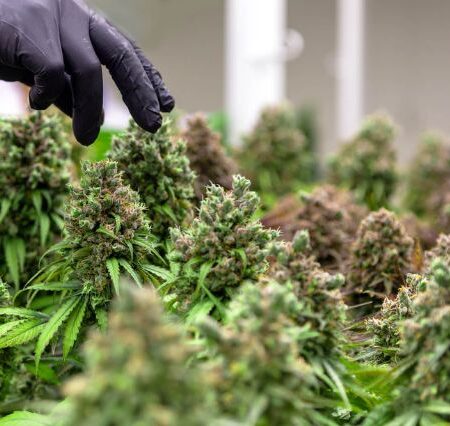The world of plants is a vibrant tapestry of colors, shapes, and textures, showcasing the incredible diversity of life on Earth.
From the towering trees of the rainforest to the delicate flowers of the desert, plants come in an astounding array of forms, each adapted to thrive in its unique environment.
In this article, we’ll take a journey through botanical diversity, exploring the myriad ways in which plants have evolved to survive and thrive in the natural world.
The Colors of Nature
One of the most striking aspects of botanical diversity is the wide range of colors found in the plant kingdom. From the vivid reds of a rose to the deep blues of a forget-me-not, plants use color in a variety of ways.
Some plants use color to attract pollinators, while others use it to deter predators. The colors of plants are created by pigments such as chlorophyll, carotenoids, and anthocyanins, each playing a unique role in the plant’s biology.
The Shapes and Sizes of Plants
Plants come in a staggering array of shapes and sizes, from the towering sequoias of California to the tiny duckweed floating on a pond.
This diversity of form is the result of millions of years of evolution, with plants adapting to their environments in remarkable ways. Some plants, like cacti, have evolved to store water in their stems and leaves, allowing them to survive in arid environments. Others, like vines, have evolved to climb and twine around other plants for support.
Adaptations for Survival
Plants have evolved a wide range of adaptations to help them survive in their environments. Some plants, like the Venus flytrap, have evolved carnivorous habits, capturing and digesting insects to supplement their nutrient intake.
Others, like succulents, have evolved to store water in their leaves and stems, allowing them to survive in dry conditions. Still, others, like the baobab tree, have evolved thick, spongy bark to help them store water during droughts.
The Importance of Plant Diversity
Plant diversity is not just a wonder to behold; it is also essential for the health of our planet. Plants play a crucial role in ecosystems, providing food and shelter for countless organisms.
They also play a vital role in the carbon cycle, absorbing carbon dioxide from the atmosphere and releasing oxygen through photosynthesis. Additionally, many plants have medicinal properties, providing us with valuable drugs and treatments.
Preserving Botanical Diversity
Despite their importance, many plant species are threatened with extinction due to habitat destruction, climate change, and other factors.
Preserving botanical diversity is essential for maintaining healthy ecosystems and ensuring the survival of plant species. Efforts to conserve plant diversity include establishing protected areas, conducting research on endangered species, and promoting sustainable land use practices.
If we talk about specific seeds that are weed strains. Runtz seeds, known for their unique flavor profile and high potency, exemplify the incredible diversity of plant life. For those interested in cultivating their own Runtz plants, it’s essential to source seeds from reputable cannabis seed banks known for their quality and reliability. Find all the lists of these online banks here in our resources.
Interconnected Ecosystems
Plants are not just individuals; they form interconnected ecosystems that support a wide range of life forms. Trees, for example, provide habitat for birds and insects, while grasses provide food for grazing animals. The diversity of plant species within an ecosystem contributes to its resilience and ability to withstand environmental changes.
Cultural and Aesthetic Value
Beyond their ecological importance, plants also hold cultural and aesthetic value. Many plants are deeply ingrained in human culture, playing roles in rituals, ceremonies, and traditional medicine. Additionally, the beauty of plants has inspired artists, poets, and gardeners for centuries, enriching our lives in countless ways.
Ethnobotanical Significance
Plants have immense cultural and traditional value, with many indigenous communities relying on them for food, medicine, and spiritual practices. Understanding and preserving botanical diversity is crucial for maintaining these cultural traditions and preserving valuable knowledge about plant use and conservation.
Conclusion
Botanical diversity is a testament to the creativity and resilience of life on Earth.
From the smallest moss to the tallest tree, plants have evolved an astonishing array of forms, colors, and adaptations. By appreciating and preserving botanical diversity, we can ensure that future generations will continue to be inspired by the beauty and wonder of the natural world.












